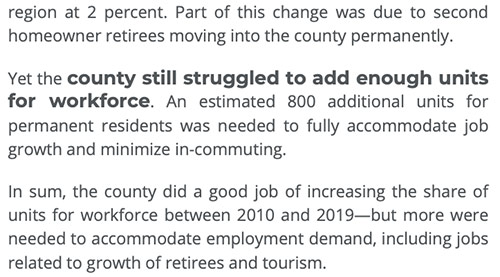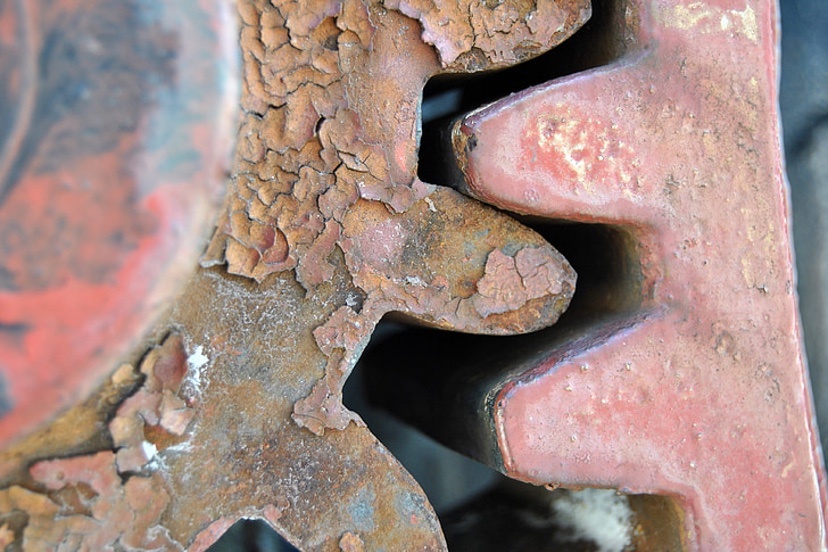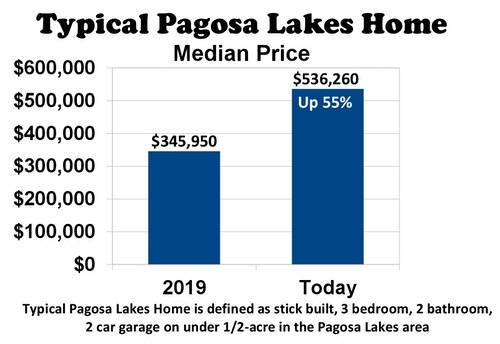A few days ago, I found myself standing in line next to a long-time friend, who happens to be a realtor. He gave me a hard look and muttered something that sounded like, “Traitor!”
A conversation ensued, and I learned that he was referring to my participation on the Pagosa Area Water and Sanitation District (PAWSD) Board of Directors, and the Board’s recent decision to greatly increase the Capital Investment Fee (CIF) charged to new construction projects, when they want to hook up to the PAWSD wastewater system. I had voted in favor of that fee increase.
Last year, that wastewater CIF had been $1,179 per EU (Equivalent Unit). The fee is now $15,697, and will increase further, probably this month.
After a nice long conversation, I believe my friend better understood the financial situation at PAWSD, and why such a fee increase was necessary.
Disclosure: I currently serve as a volunteer on the Pagosa Area Water and Sanitation District (PAWSD) Board of Directors, but this editorial reflects only my own personal opinions and not necessarily the opinions of the PAWSD Board as a whole.
It’s easy to cast blame, and of course, there’s sometimes blame to be cast. Seeing the whole picture can, however, mitigate any feelings of intentional betrayal, or treason.
We can look, for example, at the price of a modest home in the Pagosa Lakes subdivisions.
While PAWSD has indeed increased its wastewater CIF by almost $15,000, our local real estate industry has managed to help increase the price of a typical home by nearly $200,000 in just five years.
It’s easy to cast blame, and of course, there’s sometimes blame to be cast.
When it comes to understanding the housing crisis in America — and what we ought to be doing about it, working together — one of my favorite sources for innovative ideas is the Strong Towns website. Yesterday, I listened to a lengthy podcast by Strong Towns founder Chuck Marohn, promoting his new book, written with fellow Strong Towns staffer Daniel Herriges: Escaping the Housing Trap.
As the book notes, housing is viewed in America as an investment. And investment prices must go up.
But housing is also shelter, and a human necessity in a civilized society. When housing prices go up, families experience financial distress.
How should a community like Pagosa Springs work together to truly address the crisis? Because, let’s face it, the federal government is basically dysfunctional when it comes to addressing the housing crisis. (And other issues.) And the Colorado government will be focusing mainly on the housing crisis along the Front Range.
If we’re going to help ourselves, we will have to do most of the helping, ourselves. By working together.
Mr. Marohn, in his podcast, wanted to clarify his disagreements with the housing YIMBYs, and his occasional sympathy for the housing NIMBYs.
NIMBYs being those who, in response to any proposal to build more affordable workforce housing, say, “Not In My Back Yard”. Somewhere else, sure, but not where it will affect my personal investment.
The YIMBYs, on the other hand, respond to housing proposals by saying, “Yes In My Back Yard”. Any type of housing is good for the market. The more the better. The only way to bring down the cost of housing is to create an abundance of it.
Mr. Marohn does not consider himself a ‘YIMBY’. He believes that most housing in America is driven by top-down profit motives, and cannot truly address the needs of the working class. But there are certain types of housing — driven by bottom-up motives — that can be part of a real solution.
“Here is the overlap between Strong Towns and the YIMBYs. We agree that we need to build a lot of units. A ridiculous number of units…”
But the approach we adopt needs to be able to ‘scale’. Building 13 units in Chris Mountain is a wonderful thing, but it doesn’t come close to addressing the housing shortage suggested by the 2021 regional housing study that analyzed the workforce housing shortage in Archuleta County, and estimated the need for 800 units just to need current needs.

“If we really want to build housing that is broadly affordable, we have to do something that changes the market dynamics. At the core of really every YIMBY conversation that I’ve had, is this insight about supply and demand and the way markets work… That’s me; I’m a big ‘markets’ person. But I think the YIMBYs are misidentifying markets. They are misunderstanding what a market is…
“The idea is that the more units we build — the more supply we create — the more ‘supply and demand’ will find an equilibrium at a lower price point… When prices are too high, you increase supply, and prices go down…
“I feel what that gets wrong, is the entire ‘demand’ side of the equation, and where the demand is coming from.”
Mr. Marohn then shares ideas about how we can work together to address this issue. If possible.


